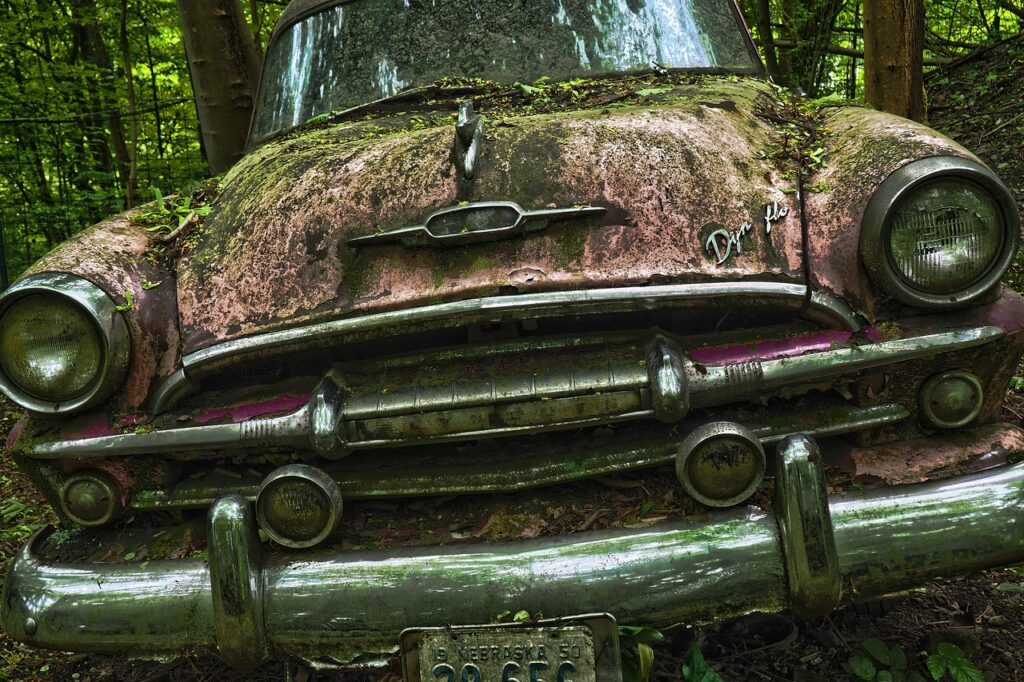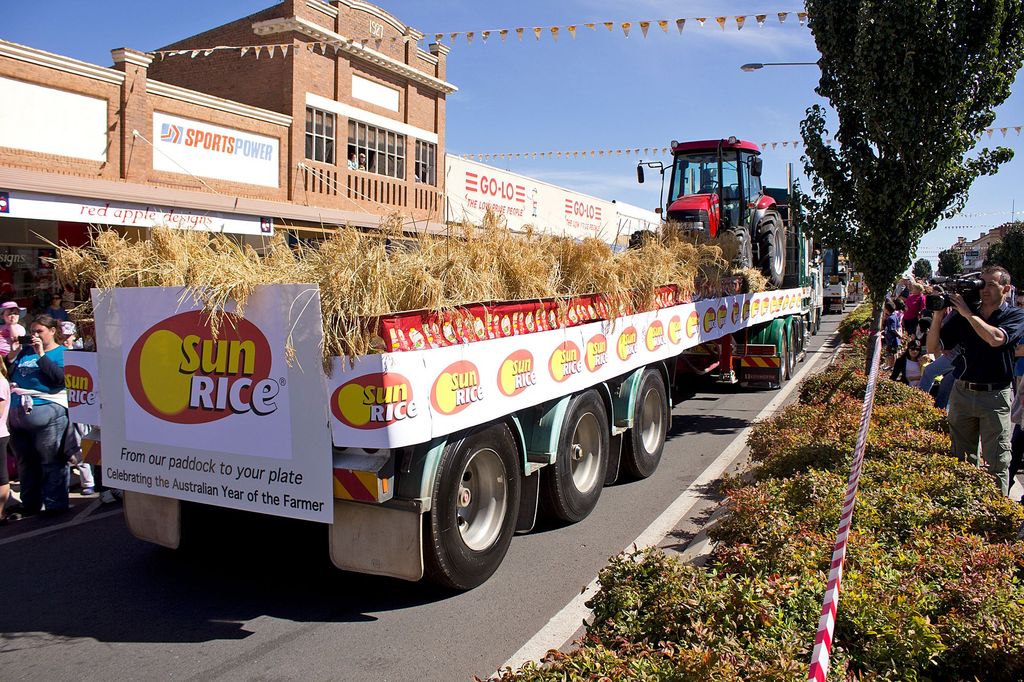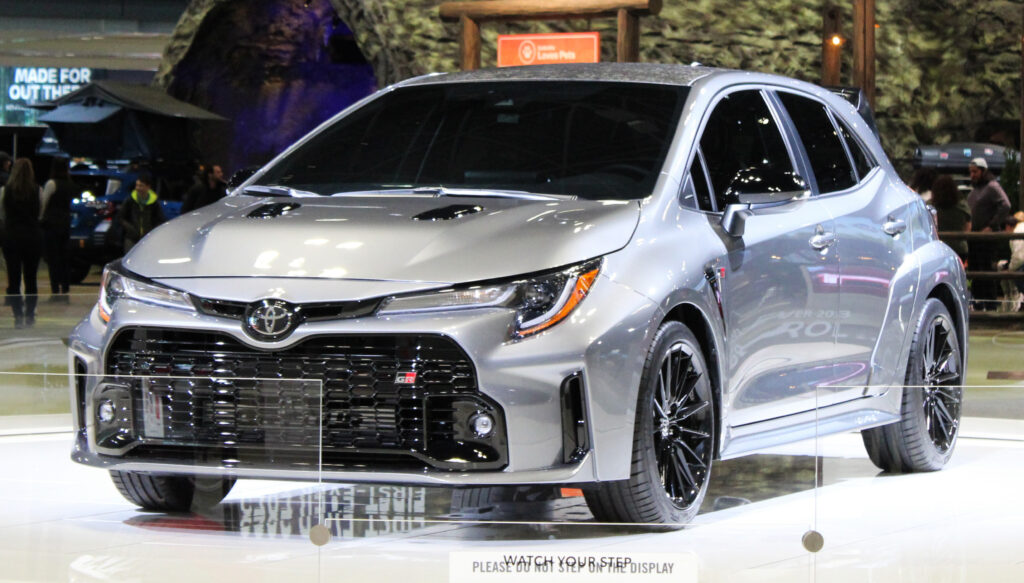
Many drivers select a car color based purely on personal aesthetics, often overlooking a critical factor that could influence their safety on the road: visibility. The question of whether some car colors are statistically more likely to be involved in an accident, or even attract the attention of law enforcement, is one that warrants a data-driven examination.
Research indicates that car color can, in fact, have a tangible impact on a vehicle’s likelihood of being involved in a collision. The core principle linking color to safety is visibility. Darker vehicles often struggle to stand out against their surroundings, particularly in poor lighting or adverse weather, reducing the time other drivers have to react and significantly increasing the probability of a crash.
Beyond accident risk, car color also sparks discussion regarding traffic stops and speeding tickets. While popular belief often points to flashy colors, the actual data presents a more nuanced picture. This guide will unpack the data-driven reasons behind these risks and reveal which colors stand out for safety and how color interacts with other, often more significant, factors on the road.
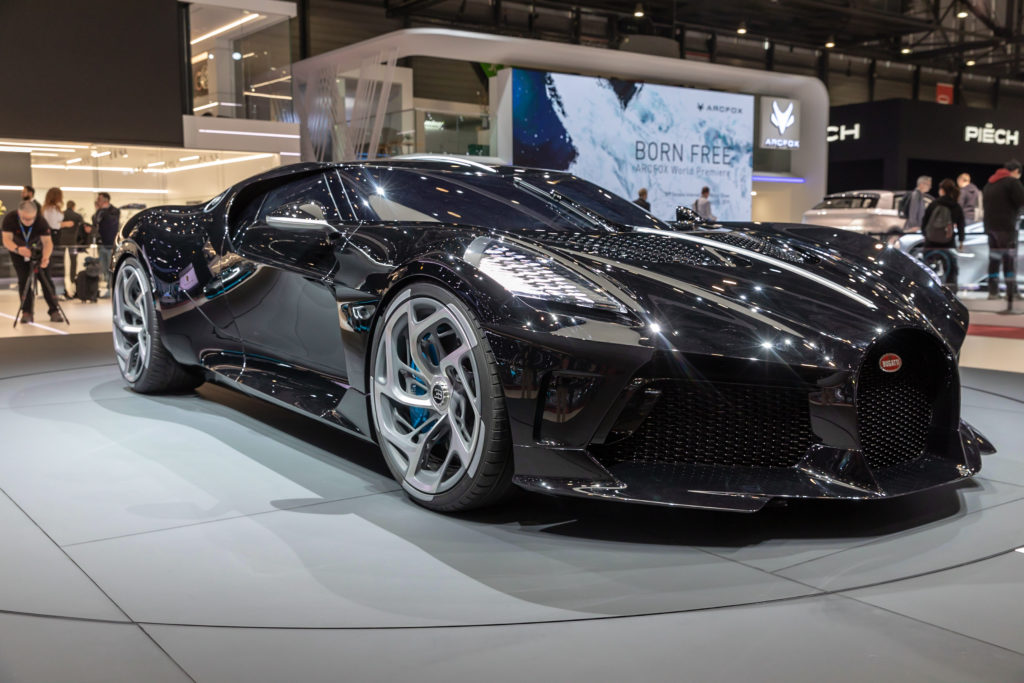
1. **Black Cars: The Undisputed Highest Risk**Black cars consistently exhibit the highest accident rates among all colors. Research indicates this is primarily due to their low visibility, especially in poor lighting conditions, leading to a significantly higher crash risk compared to lighter-colored vehicles. This is not merely a statistical anomaly but a significant safety concern confirmed by a wealth of research and consistent findings across multiple studies.
Even in broad daylight, black cars have a 12% higher crash risk compared to white cars, offering low contrast against dark asphalt and shaded areas. This risk escalates dramatically at night, dusk, or dawn, with evidence suggesting a staggering 47% higher crash risk compared to the safest colors in low-light conditions. A black car absorbs light rather than reflecting it, making it exceptionally difficult for other drivers to detect from a distance.
Moreover, black cars often receive the most traffic stops and speeding tickets according to several analyses. One study from a public university, looking at over 100,000 speeding tickets, found no significant correlation between car color and likelihood of getting a ticket, but in fact, black cars received the most tickets, followed by blue and silver cars in another Canadian study. An analysis of over 2 million car stops by police in Connecticut found that black cars received the most stops, almost 25% more than white cars. The issue of light absorption and blending with the environment, especially on dark roads, compounds these risks further.

2. **Grey Cars: The Camouflage Effect**Following closely behind black, grey cars also present a notable safety concern due to their inherent camouflage effect. Grey vehicles show an 11% higher likelihood of being in an accident compared to the safest colors. This increased risk stems from their tendency to seamlessly blend into specific environments, creating a natural disguise on the road.
Grey cars mimic the color of asphalt, road surfaces, and even overcast skies, reducing their contrast with the background. This lack of distinctness means that in certain weather conditions, such as cloudy days or light rain, and especially on urban roads, a grey vehicle can become remarkably difficult for other drivers to perceive quickly and accurately.
Similar to black cars, grey vehicles are also frequently cited in data regarding traffic stops. A study by a Canadian insurance company found that grey cars received substantially more speeding tickets than white, yellow, orange, gold, and other bright colors. This suggests that while their color provides a degree of natural camouflage to other drivers, it does not necessarily render them invisible to law enforcement, contributing to both accident risk and increased stops.
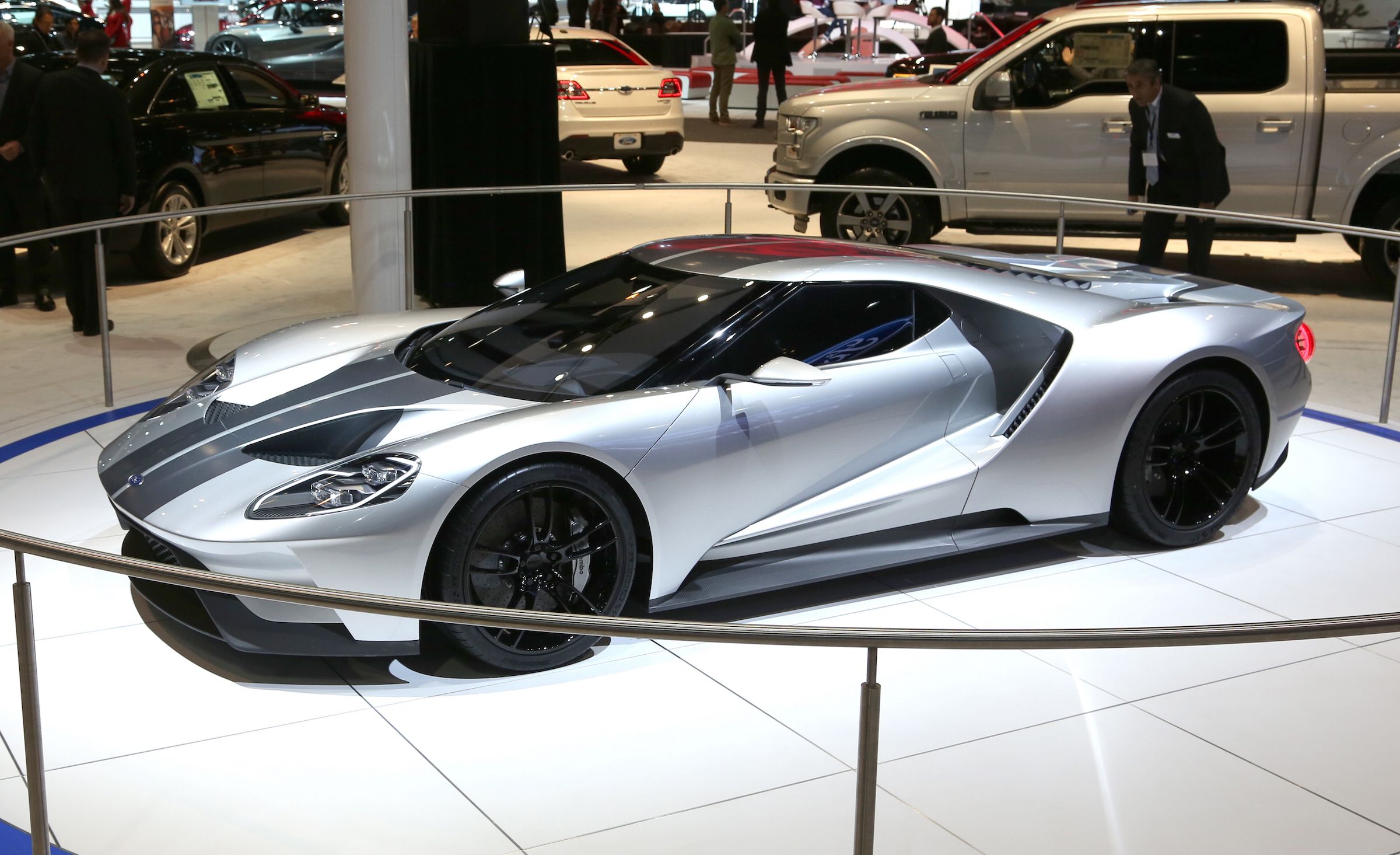
3. **Silver Cars: Another Blending Hazard**Silver cars, while a popular choice for their modern aesthetic, carry a 10% increased crash risk. This places them among the statistically more dangerous colors on the road, alongside black and grey. The primary hazard associated with silver vehicles lies in their ability to blend into various environmental conditions, particularly those involving precipitation or complex lighting.
Silver cars can easily become lost in rainy, foggy, or overcast conditions. Their color can appear muted and indistinct against a grey, watery backdrop, making it challenging for other drivers to gauge their presence and distance. Furthermore, in bright urban settings or under specific lighting, silver surfaces can reflect glare in a way that might obscure their precise shape and location to oncoming traffic.
Regarding interactions with law enforcement, silver cars also tend to attract attention. Data indicates that silver cars frequently receive tickets. A Canadian insurance company study noted that silver vehicles were among those receiving substantially more speeding tickets than brighter hues. This implies that their blending characteristic, which reduces their visibility to other drivers, does not prevent them from being conspicuous to traffic police who are often looking for specific behaviors rather than just color.

4. **Dark Blue Cars: Getting Lost in the Visual Noise**Dark blue cars, while not as overtly camouflaged as grey or silver, still present a significant visibility challenge, resulting in a 7% higher accident risk. The issue with dark blue lies in its ability to disappear into specific lighting conditions and backgrounds, creating a form of visual “background noise” that makes them harder to distinguish.
Dark blue vehicles are particularly challenging to discern during twilight hours, such as dusk and dawn, when ambient light is low and colors lose their vibrancy. In shaded areas, whether cast by buildings in a city or trees on a country road, a dark blue car can easily blend into the deepening shadows, reducing the reaction time for other motorists who might not see it until it is too close.
In terms of traffic stops, data from various sources indicates that dark blue cars are among those that receive more speeding tickets. For instance, a Canadian insurance company found that blue cars received substantially more speeding tickets than brighter colors. While not as high as black in some studies, this suggests that the color itself, despite popular belief focusing on red, does not offer an inherent advantage in avoiding police attention, especially when combined with particular driving behaviors.

5. **Red Cars: Challenging the Urban Legend**Red cars are often the subject of an enduring urban legend: that they are more prone to receiving speeding tickets because their flashy color makes them stand out to police. However, the data reveals a more complex reality. Red cars do carry a 7% higher accident risk, but not for the reasons commonly assumed, and their propensity for tickets is also nuanced.
Well-established research indicates that the 7% higher crash risk for red cars is primarily a visibility problem. The color red is ubiquitous on roadways, used for stop signs, traffic lights, warning signals, and the brake lights of every other vehicle. A red car can easily be lost against this backdrop of visual noise, causing a delayed reaction from other drivers who may struggle to differentiate it from other critical red signals.
While red cars do tend to get pulled over frequently, often coming in second place after white in some studies, the notion that they are “targeted” due to their color alone is not fully supported. Traffic stops are primarily based on driving behavior. Interestingly, one study found that drivers of yellow cars were issued warnings instead of tickets over 30% more often than drivers of black, blue, grey, or red cars, suggesting that while red cars may be stopped, the outcome can vary.

6. **White Cars: The Benchmark for Safety and a Statistical Paradox**White is widely considered the safest car color, a claim consistently supported by accident data. White cars are 12% less likely to be involved in an accident than black cars, largely due to their high contrast in nearly all conditions. Its effectiveness is both simple and powerful: white reflects the most light and contrasts sharply with the dark colors of roads, shadows, and stormy skies, making it highly visible.
This isn’t a marginal difference; it represents a statistically significant safety advantage. Whether driving at high noon, during a downpour, or as dusk settles, a white vehicle provides other drivers with a clear and unmistakable visual cue of its presence. This inherent visibility gives surrounding drivers more time to see, react, and avoid a potential collision, cementing white’s status as the undisputed safety benchmark.
However, white cars present a statistical paradox when it comes to traffic stops. Despite being the safest for accident avoidance, white is the vehicle color that gets pulled over more than any other. This is likely not due to police officers targeting white cars, but rather a function of statistical prevalence: for almost 10 consecutive years, white has been the most popular car color. Therefore, it logically follows that the color most frequently seen on the road would also be the color most frequently involved in traffic stops, based purely on numbers.


